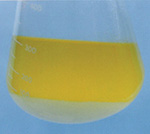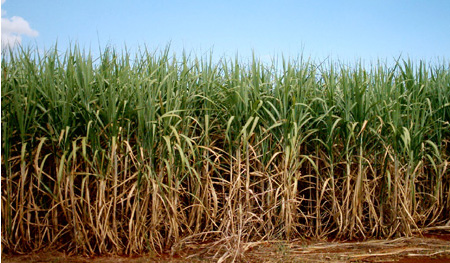Ethanol Fuel
Mercury outboard and sterndrive products should NOT have fuel added that exceeds 10% Ethanol
The use of alcohol in gasoline is increasing as an alternative to petroleum based fuel and used in reformulated (oxygenated) fuels, however, some drawbacks you may encounter to this technology for use with marine engines are:
- Corrosion of metal parts
- Deterioration of rubber or plastic parts
- Fuel permeation through rubber fuel lines
- Starting and operating difficulties
What is Ethanol?
- Ethanol is an alcohol made from sugar cane, wheat and many other organic materials
- Ethanol is often blended with gas (E10) and has been used in the automotive industry since the early 1980s
- More recently, Ethanol has been made available as E85 (85% ethanol) for flex fuel autos only
Why E10 Blends?
- Ethanol can be used to meet EPA requirements for a cleaner burning fuel
- Ethanol slightly improves Octane Rating
- Ethanol can help reduce our dependence on foreign oil
- The EPA does not permit more than 10% Ethanol to be added in fuels labeled as gasoline
E10 Blend - Properties
- E10 absorbs water readily and easily
- If sufficient water is absorbed, "phase separation" can
occur-water and ethanol will settle to the botton of the tank and
gasoline will be on top

- Phase separation cannot be reversed with agitation or fuel additives
- Boundary layer can contain corrosive componds which can cause corrosion in aluminium fuel tanks
E10 Blends - Compatibilty
-
Fuel system components of Mercury Outboard and Sterndrive Engines can and will withstand up to 10% Ethanol content in gasoline
-
Water contamination of fuel is the big issue and concern
-
The best advice we have for customers is to empty the fuel tanks for long term storage. Alternatively, keeping the fuel tank full reduces the amount of exchange between the fuel and air that might bring in condensation
Phase separation essentially means that the ethanol in the fuel has attracted water (usually already present from condensation and/or other sources) into the fuel mix. When the right amount of water enters the mixture, most of the ethanol and water will tend to separate from the fuel (into a different "phase") and drop to a lower level or layer inside the tank (water is heavier than fuel). If this layer of concentrated ethanol and water is drawn into the engine's fuel system, significant damage can occur. Further, the level at which phase separation occurs is determined by a number of variables, one of which is the temperature of the environment. This may help to explain why some regions of the country may be more affected by ethanol than others. Mercury Marine believes this higher ethanol exposure has caused product failures in fuel system components on two-stroke and four-stroke product.
Ethanol has very different solvency behaviors than gasoline and is a proven contributor to the deterioration of certain rubber and/or plastic components and electrical potting compounds. Mercury is aware of this potential and is constantly working to implement material improvements to better withstand the effects of ethanol. One such improvement in place on all 75-115 hp four-strokes since 2006 and Verados since June 2007 (most easily identified by the polished chrome graphics package) is an improved float switch in the fuel supply module that ensures the integrity of the switch itself, even when exposed to higher ethanol concentrations. This change alone should address the majority of ethanol-induced product failures within the fuel system.
Mercury continues to monitor the ethanol situation worldwide and makes every effort to upgrade materials as necessary to ensure the continued reliable, durable operation of all of its outboard products.


